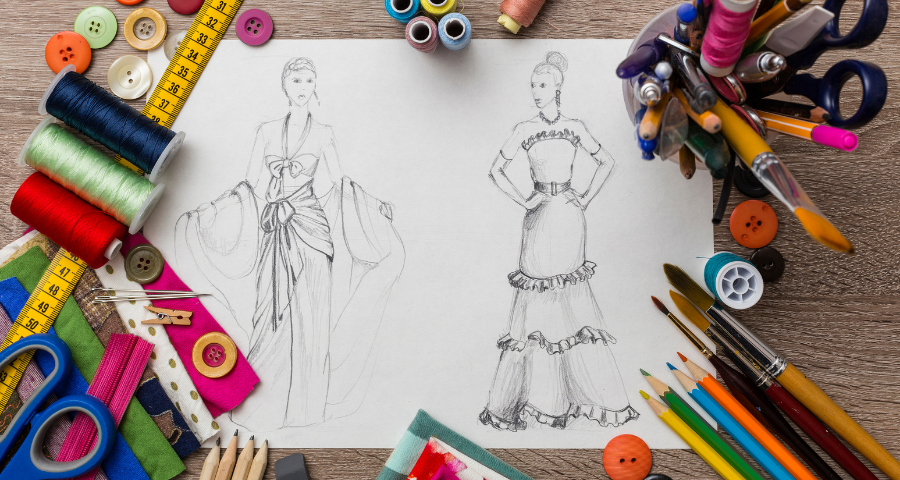In the past, I have worked as a costume designer on several film projects. Each one has been a unique experience but with several similarities in terms of what is demanded of me. The role of a costume designer is very different from other jobs within the fashion world. It is very fast-paced and can often be filled with stressful moments. I have compiled some of the things I have learned from these experiences. This should help readers understand if the job is appealing to them.
Being Aware of Period Trends
Often the films I work in will be set during a specific period in history. It is important that I know the trends of the time so that I do not create anything that is anachronistic. Movies about the 1980s have become fairly common recently. During these projects, I like to pick up genuine retro items from vintage clothing outlets. Films set before the 20th century are harder. I usually have to go to specific historical costume suppliers. Alternatively, I sometimes make the item myself. I use artwork from the time period as inspiration.
Working Closely With the Director
Filmmaking is always a collaborative process. There are multiple departments all working together to achieve the same goal. The director is the person in charge of them all. As a costume designer, all of my contributions have to get directorial approval. During the pre-production phase, I sit down with the director and ask them what they specifically want in terms of costume design. I can then do some mock-ups. Throughout the course of the film, these usually have to be tweaked. In some cases, they are scrapped altogether, and I have to make something new from scratch. I am there to help the director achieve their vision through my costumes.
Tailoring to Fit the Actor
I also work closely with the actors who will be wearing my work. It is important to get their measurements and overall body contours beforehand. This will help me to create a great-looking silhouette. The actor will need to have a certain comfort level to do their job properly. This will factor into my designs. Amateur costumiers will give their actors off the rack clothes. However, it is much better to provide a tailored fit. This will make all the difference.
Doing Color Screen Tests
It is also vital to be aware that these costumes are not designed to be seen with the naked eye but through a screen. The image of them is being recorded onto a camera through different lenses and filters. I like to collaborate with the director of photography so that my costumes look as good as possible on-screen. This tends to involve doing some tests. I will make a few mock-ups with different textures and colors. I will then cherry-pick the ones that have the most aesthetic appeal. Color, in particular, is essential to get right as the film may require correction during postproduction.
Creating Durable Costumes
The clothes are not going to be worn by models walking slowly on a catwalk. Instead, actors will wear them while performing. In some cases, there may even be stunt work involved. I need to ensure that my costumes are durable enough to withstand all of the wear and tear that comes with filmmaking. It is a wise idea to create a couple of spare duplicates in case the original gets damaged. That is why I always keep my initial sketches and plans. I never know when they may need to be reused as the film is being made. This is especially true when reshoots are necessary.
Being Ready for Changes
In almost all of the projects I have worked on, my outfits have needed to be changed very quickly. This could include the director asking for a lighter-colored jacket or a costume that fits a new performer. Part of my job is to be ready to meet these demands. It can often be frustrating, but usually, I achieve my best results in times of crisis. While on set, I bring everything I need for these eventualities. This includes things like extra fabric, measuring tape, and even a sewing machine.

